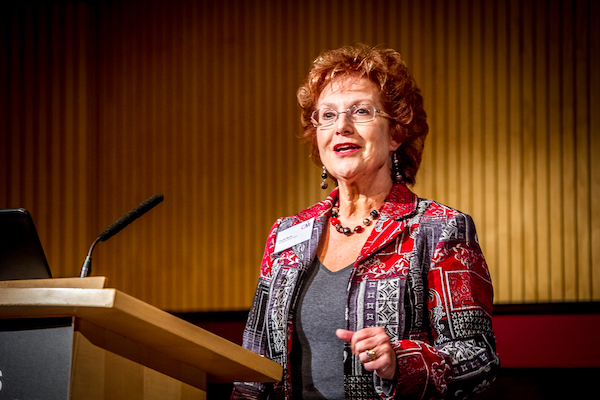It is said that the eyes are the windows to the soul but did you know that eye movements are a strong indicator of someone’s thought processes?
As people use their brains, their eyes also move and I expect most of you will have been on the receiving end of ‘the interested contact’ at a networking event, who gazes over your shoulder when you tell them what you do!
So how can you make sure you get it right? Well, learn to recognise the key signs:
THE UPPER EYELID
- The height of someone’s upper eyelid indicates the interest or the worth of what they are hearing.
- If the white of the eye can be seen above the iris, the listener is showing shock or surprise.
- If just the iris is visible you are seeing high interest.
- Half covering the iris equals losing interest.
- If the iris is fully covered the listener is bored or asleep!
If you are giving a presentation to a small group at work and you want to know how receptive they are, watch the upper eyelids. If a person is falling below high interest level, change your style. If you are sitting, stand up or ask a question to re-focus attention.
THE PUPIL
The dark centre of the eye is a clear indicator of a person’s level of interest. When the pupil dilates, the person is showing a strong interest or excitement. A contracted pupil can show concern or a lack of interest.
In ancient China, when glasses were first worn, traders had a dark piece of crystal put in the centre of the lenses. This prevented traders from seeing their pupil size and made negotiation interesting!
As eye-contact is so important, where should you look?
When giving presentations you need to make eye-contact all around your audience. In small groups this is easy to do. Gazing at each individual for about 5 seconds at a time will keep them engaged.
With larger groups, just focus on different areas in the audience, everyone will feel you are looking at them.
We all feel uncomfortable when someone won’t make eye-contact. When they are talking we are unsure whether they are confident or truthful.
When the person is the listener, we feel as if they are uninterested in what we have to say.
As a listener therefore, do respect the speaker by making direct eye-contact on a regular basis. If you find this difficult, simply look at a spot between the eyes of the other person. They will believe you are looking directly at them.
So, add observation of your business contact’s eyes to your toolkit and make your communication even more effective.
By the way, have you read last month’s blog yet? I hope you will be willing to support a wonderful teenager who is trying to help the children of Syria. Here is a link to her blog.
Speak wisely
Speak well
Speak Loud & Clear!
Twitter: @VoiceExpert






